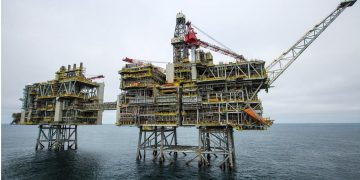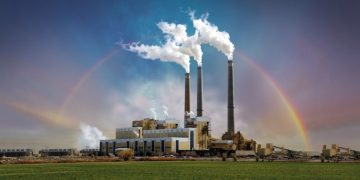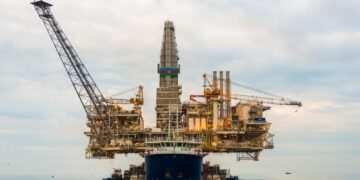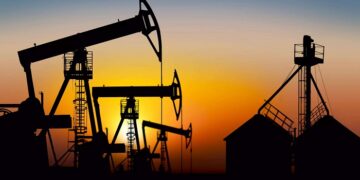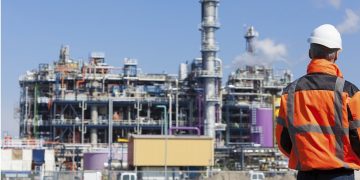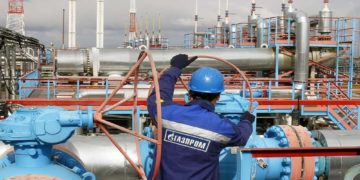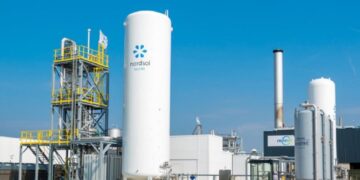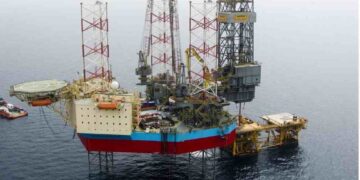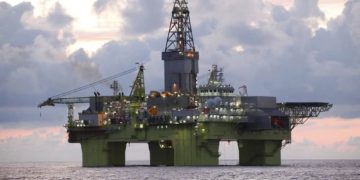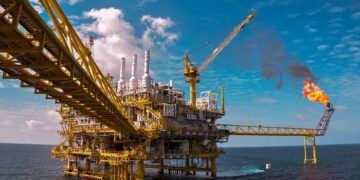According to a report, Australia’s ongoing energy crisis has increased price controls by 400% to AU$40 per gigajoule, necessitating the need for new gas supplies.
A perfect storm of underinvestment in new energy sources, cold weather that coincided with coal outages and supply problems, low renewable generation, and high global commodity prices led to the current situation. The market was pushed to the brink of collapse by this extraordinary combination, according to Principal Analyst, Global LNG at Wood Mackenzie, Daniel Toleman.
The crisis did demonstrate the necessity for new sources of energy supplies to fulfil current and future demand, but LNG producers intervened to reroute gas to locations that needed it. The winter’s record-breaking price increases for gas, coal, and electricity set off the nation’s dilemma.
In the middle of Australia’s clean energy transition, the crisis presents a challenge to the nation in maintaining its efforts to attain its net zero target by 2050 while preserving its energy security.
The federal government must tread a fine line in order to control the energy balance along Australia’s east coast. Prioritizing Australian gas resources for Australian customers is very much in the limelight following this winter’s energy crisis, according to Lucy Cullen, Principal Analyst, Global Gas. But in addition, the government must oversee new gas developments and gas supply, especially LNG projects.
Australia needs gas, says Wood Mackenzie, alongside other industrial uses like fertilisers, chemical manufacturing, mineral processing, and mining.




